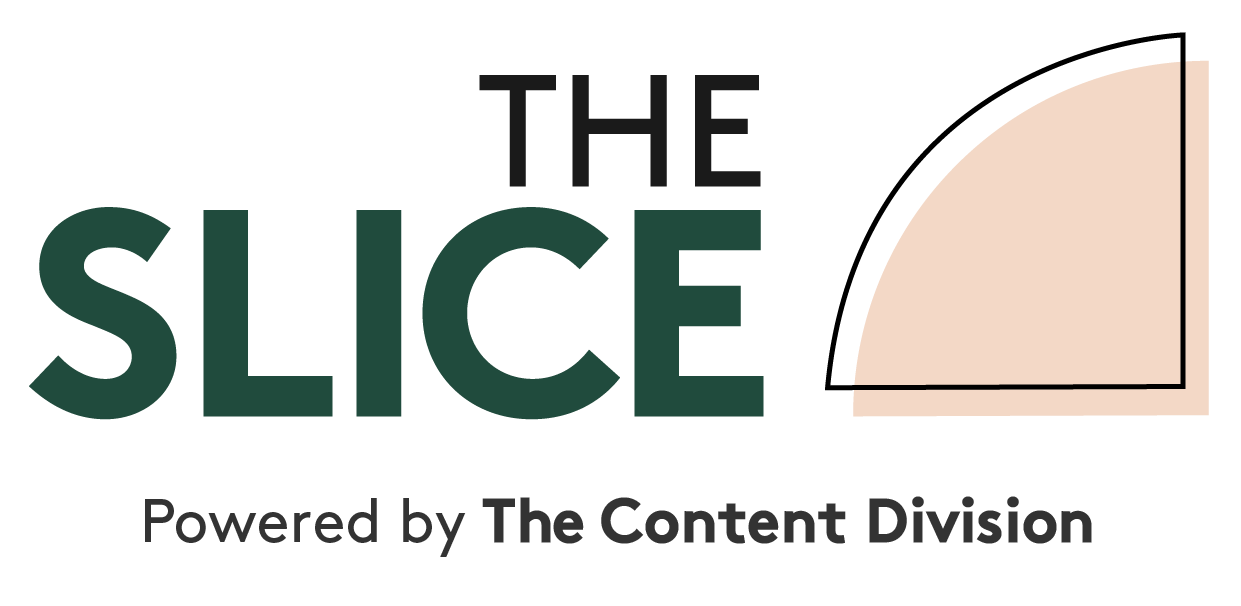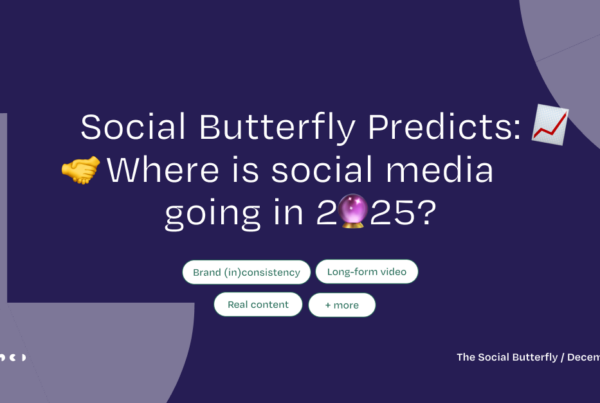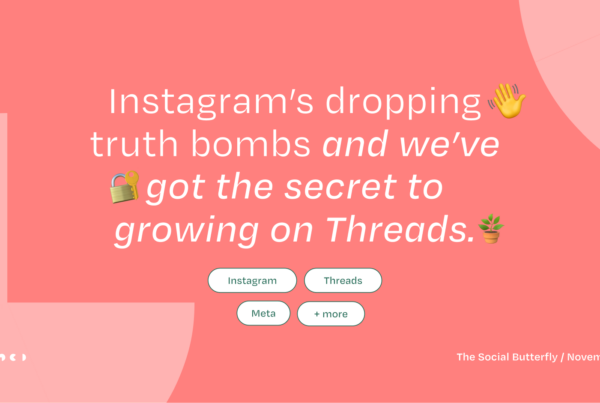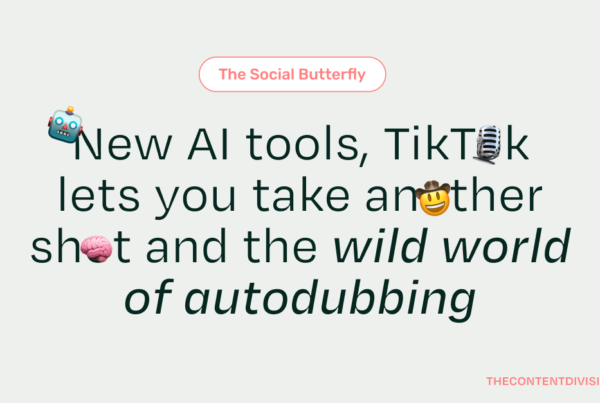
I loved Myspace when it first arrived. Insane profiles with animated dogs, sparkly things twinkling across the screen, that uber-rich dude Tom already your best mate.
I loved Vine more so. Some of the best belly laugh moments I’ve ever had came from Vine videos, those six-second nuggets of video gold its parent company Twitter just couldn’t turn into real gold.
Rest in peace, both of them. (Technically Myspace is still alive but, really, is it?)
And when Facebook and Instagram changed their algorithms and killed off easy organic engagement, some businesses lost their shit and – with it – their customers.
Businesses and individuals alike spent countless hours building followers, engagement and revenue opportunities on social media and many suffered the devastating consequences when these platforms changed the rules.
But the reality is that’s their turf, not yours, and that’s just one reason why businesses should never solely build their audience on social media.
More to the point, businesses should use social media to build an audience on their website (or app), not solely on social media platforms.
The power of building an audience on digital assets you own rather than the assets you rent (Facebook, LinkedIn, Twitter, Instagram, Snapchat et al) is the difference between talking to your customers and potential customers when you want, versus when a social media profile says you can. You can check out a whole heap of reasons why social media platforms control your posts’ reach here and whether it’s best to pay your way into people’s feeds or rely on an organic approach.
It’s also the difference between being a fleeting memory to your ideal audience and having the opportunity to be useful or entertaining to them on a regular (but not annoyingly so) basis.
Your goal is email subscribers (but not all subscribers are created equal)
Michael Brenner, the CEO of Marketing Insider Group, says subscribers convert to revenue at 9x the rate of non-subscribers no matter what your actual conversion rate from web visitor to revenue is.
Yes, you want people subscribing to you on social media, on your RSS feed, on iTunes, on Youtube, on LinkedIn – wherever you are. But by far, email subscribers are the most valuable audience for businesses.
In marketing channel research conducted by SalesForce, it found email was without a doubt home to the highest quality audience and provided the best ROI, with 41% of marketers rating it the tactic with the most engaged customers and the best business outcomes. Marketers said Facebook and Twitter both provided engaged audiences, but the ROI on each was about half that of email.
Edward Crossin, the National Digital Marketing Specialist for BDO Australia, says he’s seen a trend in “marketers building and owning their house, rather than renting it”.
“The long-term goal for every marketer should be generating organic traffic to owned digital properties, not generating paid, rental or referral traffic,” he says.
“The goals of social channels are different to your goals. That is, Facebook’s objective is to keep users on Facebook. They don’t want users to leave the platform. Your objective is for users to be on your properties.
“Relying on social traffic, whether paid or organic, is risky business. At any time, the goalposts can be moved. Media publishers have learnt this delicate dance. Some have thrived. Some have not.”
How businesses can do this (and prove ROI)
Ultimately, Crossin says, it’s about providing a premium content experience on your own channel and digital properties. And I couldn’t agree more.
Salesforce’s research found having web pages optimised for subscribers (sign-up widgets) was the most popular way to gain subscribers, however the most effective digital way was gated content pushed through social media, incentivising sign-ups (but do they like me for me, or my offer of a free iPad?) and requiring an email address to create an account on a website.
Incidentally, the most effective way reported was to capture an email address during the sales call but the issue here is scalability, hence why it was one of the least prescribed tactics.
It also depends how you measure success. A survey by eConsultancy and Oracle Marketing Cloud found businesses rated email marketing up there with paid search as the easiest tactics to measure in regards to leads and sales ROI, if that is your goal for the tactic.
One way to acquire high-quality email addresses is to use helpful, relevant premium content (a helpful ebook, market report, video workshop) to push to your target market through paid social media and collect emails that way (try Leadpages to gate that content so prospects have to give you their email address before they consume).
Depending on the content, the people who download your wares may be close to the purchase stage of their customer journey and be ripe for your sales team to get in touch. If not, you can send them quality content ongoing until they are ready to buy from you, or drip-feed them on a email nurturing campaign. Don’t be that clingy annoying brand though, play it carefully.
If the tactic works for you, you can prove ROI on the total value of each email batch sent, the average value of an email subscriber, the value of your email audience over a year – the list goes on. Here’s a handy calculator that can help.
Of course, it may not be as simple as that – customers and businesses can be complex beasts.
This article shows how some businesses are killing off gated content all together and relying on purely audience-focused content and other means to build their subscribers more organically.
Whatever way you go, I’d take an easy-to-measure audience you can access wholly and whenever you want (within reason) over the difficult-to-quantify organic reach social media offers if your content strategy isn’t hitting the mark on those platforms.
However, it’s important to note email acquisition doesn’t always have to be about sales and leads. While small businesses may scream in objection to that statement, some bigger businesses find value in using email purely for engagement or customer retention.
The key here is to ensure your tactics are mapped out in your marketing strategy (strategy, then tactics, test, measure and tweak).
So which businesses do this well?
We’ve written on The Content Division blog before about how Brisbane small business Stepps used a podcast, social media and its own website to build a subscriber base of more than 42,000 highly engaged people. A lead-generating machine that added value for its audience every step of the way.
For a bigger example, Crossin says look to Buzzfeed – a media property that learnt to pivot into an owned channel.
“For a long time, Buzzfeed relied on referral traffic from social channels. But those social channels were increasingly moving the goalposts, becoming a pay-to-play medium,” he says.
“So Buzzfeed modified its model. The American publisher built and owned its own audiences, and consequently no longer depended on traffic, paid and referral to drive readership and audience engagement.
“That’s not to say that companies or media publishers should completely abandon paid and referral traffic distribution. Social channels present advantages – namely the ability to increase reach and engage new audiences.”





